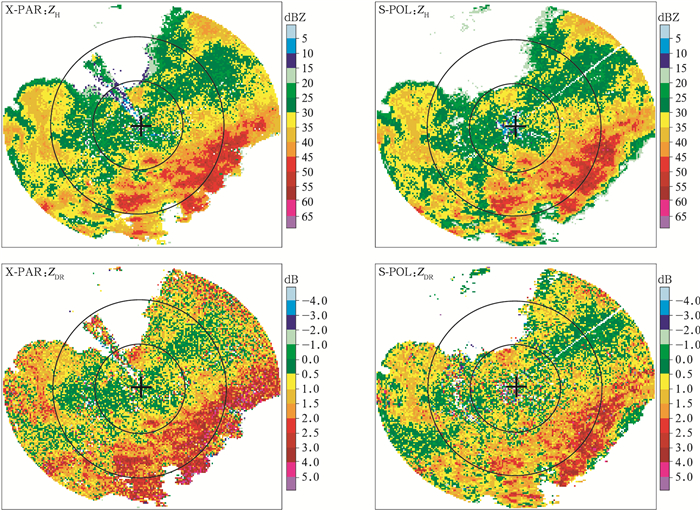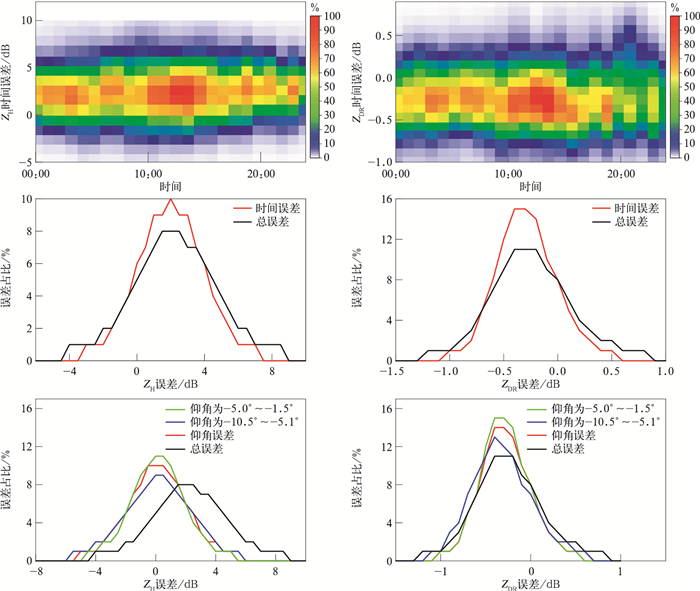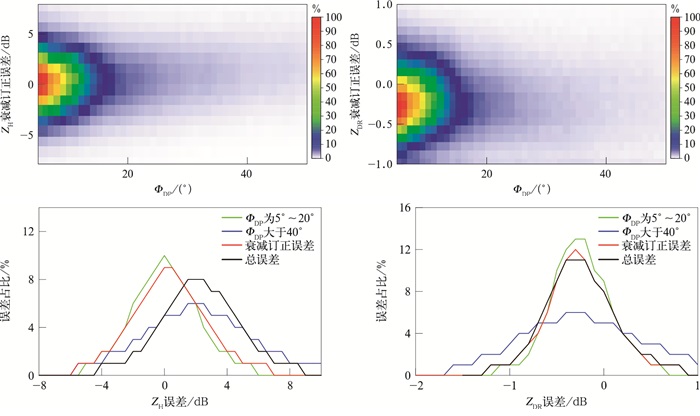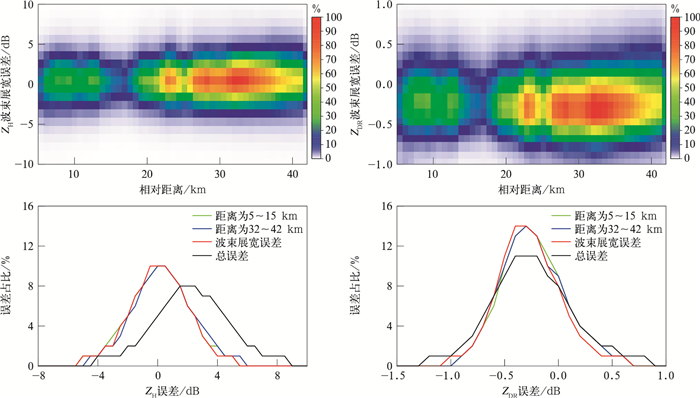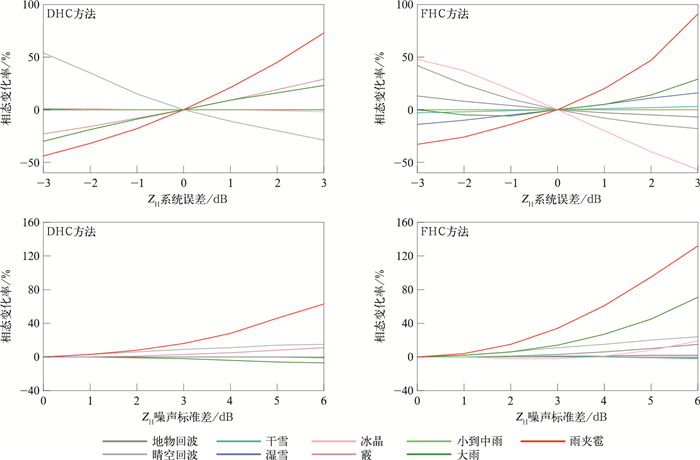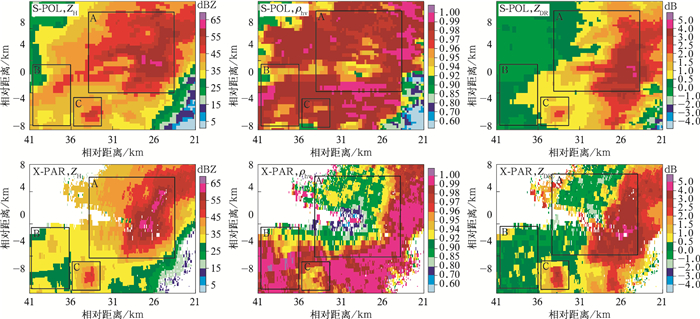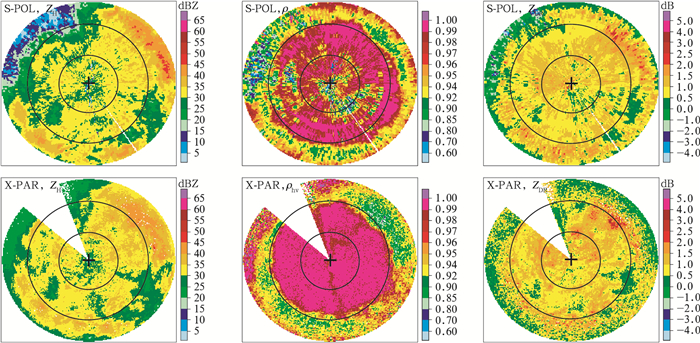|
[1]
|
Zhang G Y. Principles of Phased array Radar. Beijing: National Defense Industry Press, 2009: 13-21.
|
|
[2]
|
Wu C, Liu L P, Wang X D, et al. The measurement influence of reflectivity factor caused by scanning mode from phased array radar. J Appl Meteor Sci, 2014, 25(4): 406-414. doi: 10.3969/j.issn.1001-7313.2014.04.003 |
|
[3]
|
Ma S Q, Chen H B, Wang G R, et al. Design and initial implementation of array weather radar. J Appl Meteor Sci, 2019, 30(1): 1-12. doi: 10.11898/1001-7313.20190101 |
|
[4]
|
Wu C, Liu L P, Yang M L, et al. Key technologies of hydrometeor classification and mosaic algorithm for X-band polarimetric radar. J Appl Meteor Sci, 2021, 32(2): 200-216. doi: 10.11898/1001-7313.20210206 |
|
[5]
|
|
|
[6]
|
|
|
[7]
|
Liu L P, Wu C, Wang X D, et al. Test and calibration methods for X-band active phased-array weather radar. J Appl Meteor Sci, 2015, 26(2): 129-140. doi: 10.11898/1001-7313.20150201 |
|
[8]
|
Ryzhkov A V, Schuur T J, Burgess D W, et al. The joint polarization experiment: Polarimetric rainfall measurements and hydrometeor classification. Bull Amer Meteor Soc, 2005, 86(6): 809-824. doi: 10.1175/BAMS-86-6-809 |
|
[9]
|
Park S G, Bringi V N, Chandrasekar V, et al. Correction of radar reflectivity and differential reflectivity for rain attenuation at X band. Part I: Theoretical and empirical basis. J Atmos Oceanic Technol, 2005, 22(11): 1621-1632. doi: 10.1175/JTECH1803.1 |
|
[10]
|
Yang J H, Gao Y C, Cheng M H, et al. Beam characteristics analysis on phased array weather radar. J Appl Meteor Sci, 2009, 20(1): 119-123. doi: 10.3969/j.issn.1001-7313.2009.01.016 |
|
[11]
|
|
|
[12]
|
Zadeh L A. Fuzzy algorithms. Information & Control, 1968, 12(2): 94-102.
|
|
[13]
|
Straka M J, Zrnic D S. An Algorithm to Deduce Hydrometeor Types and Contents from Multiparameter Radar Data//26th Conference on Radar Meteorology, 1993: 513-515.
|
|
[14]
|
|
|
[15]
|
Cao J W, Liu L P, Ge R S. A Study of fuzzy logic method in classification of hydrometeors based on polarimetric radar measurement. Chinese J Atmos Sci, 2005, 29(5): 827-836. doi: 10.3878/j.issn.1006-9895.2005.05.15 |
|
[16]
|
Park H S, Ryzhkov A V, Zrnic D S, et al. The hydrometeor classification algorithm for the polarimetric WSR-88D: Description and application to an MCS. Wea Forecasting, 2009, 24(3): 730-748.
|
|
[17]
|
Xu S Y, Wu C, Liu L P. Parameter improvements of hydrometeor classification algorithm for the dual-polarization radar. J Appl Meteor Sci, 2020, 31(3): 350-360. doi: 10.11898/1001-7313.20200309 |
|
[18]
|
Hunt E B, Marin J, Stone P J. Experiments in Induction. New York: Academic Press, 1966.
|
|
[19]
|
Fu P L, Hu D M, Huang H, et al. Observation of a tornado event in outside-region of Typhoon Mangkhut by X-band polarimetric phased array radar in 2018. J Appl Meteor Sci, 2020, 31(6): 706-718. doi: 10.11898/1001-7313.20200606 |
|
[20]
|
Wang H, Kong F Y, Jung Y S, et al. Quality control of S-band polarimetric radar measurements for data assimilation. J Appl Meteor Sci, 2018, 29(5): 546-558. doi: 10.11898/1001-7313.20180504 |
|
[21]
|
|
|
[22]
|
Giangrande S E, Krause J M, Ryzhkov A V. Automatic designation of the melting layer with a polarimetric prototype of the WSR-88D radar. J Appl Meteor Climatol, 2008, 47(5): 1354-1364. doi: 10.1175/2007JAMC1634.1 |
|
[23]
|
Xiao Y J, Liu L P. Identification of stratiform and convective cloud using 3D radar reflectivity data. Chinese J Atmos Sci, 2007, 31(4): 645-654. doi: 10.3878/j.issn.1006-9895.2007.04.09 |
|
[24]
|
Ding Q L, Liu L P, Ge R S, et al. Theoretical analysis of measurement accuracy of dual linear polarization Doppler radar. J Appl Meteor Sci, 2003, 14(1): 30-38. doi: 10.3969/j.issn.1001-7313.2003.01.004 |
|
[25]
|
Zhu S C, Yuan Y, Wu Y, et al. Statistical characteristics of isolated convection in the Jianghuai Region. J Appl Meteor Sci, 2019, 30(6): 690-699. doi: 10.11898/1001-7313.20190605 |

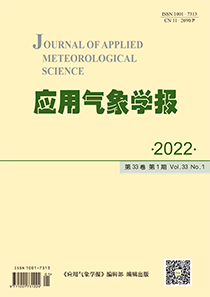



 DownLoad:
DownLoad:
